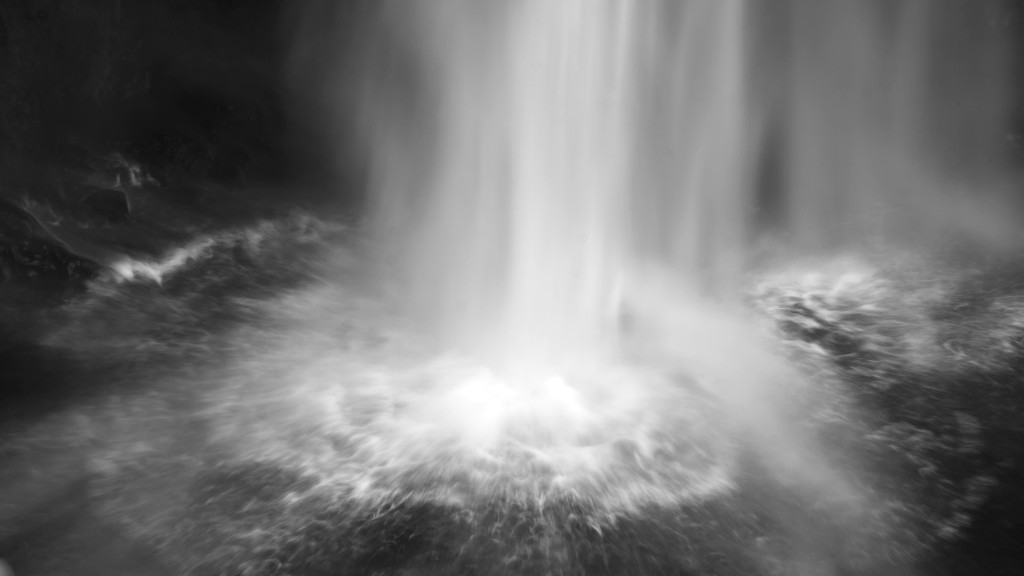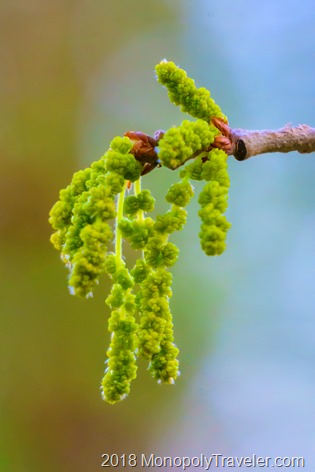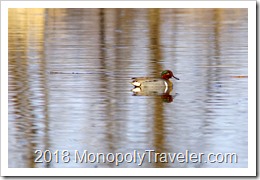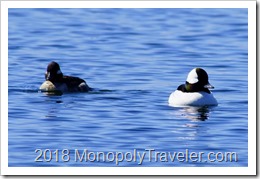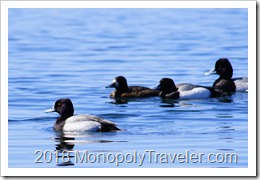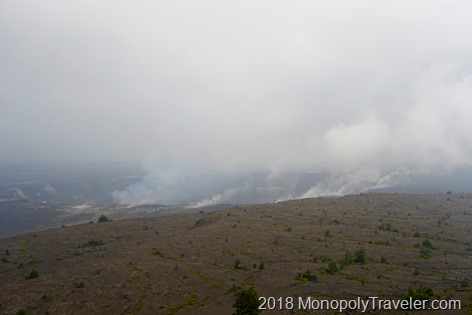When thinking of Hawaii one of the first things many people envision is of a waterfall in a tropical paradise. Well there are several on the Big Island of Hawaii to meet this expectation. Our first day on the island brought a conversation with a local orchid grower near Hilo regarding sights to see with waterfalls being high on our list. His response was a laugh followed by an explanation that there are numerous waterfalls with fast flowing water as it had been raining almost every day since the 1st of the year.
Our first stop was at Rainbow Falls near Hilo providing a beautiful waterfall flowing over the edge of a volcanic cliff crashing into the channel below. We were told that during the right time of day the sunlight casts a rainbow in the mist below giving this falls its name. It’s definitely a beautiful sight attracting many people to the area to explore this great water feature of Hawaii.
After taking some time to enjoy this area and listen to the water as it falls over the cliff and into the river bed below and use the available restrooms, it was off to see another of Hawaii’s popular waterfalls. After a short drive we arrived at the spectacular Akaka Falls State Park. Here there is a nice paved path winding through the jungle bringing you to an almost unimaginable waterfall. This is a waterfall with a 400 foot drop! I never imagined being able to get this close to such a place being able to witness this plunging river from a paved platform across the gorge. It is so tall and you’re close enough that it’s almost like you’re in a dream.
While the tall Akaka Falls is certainly the highlight of this state park, it is not the only waterfalls visible here. Another one can be seen through trees and shrubs and one more is quite a bit shorter but still beautiful to see. We were nearing the end of our day with the parking lot gate soon to close so it was time to leave but still difficult to tear away from a waterfall that seems like you only would see it in a movie or on tv. There are several other waterfalls but these seem to be the two most popular and worth seeing.

